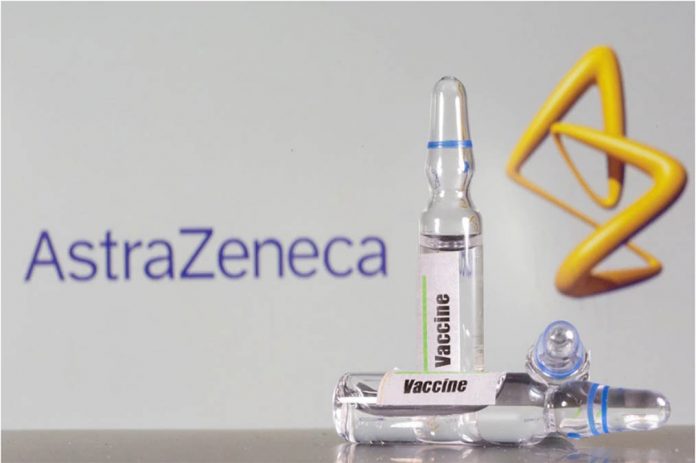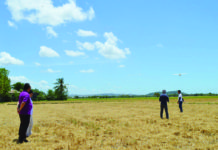
ILOILO City – This southern city will only be getting 50,000 doses of coronavirus disease 2019 (COVID-19) vaccines developed by British pharmaceutical company AstraZeneca.
Due to limited supply, Mayor Jerry Treñas said the manufacturer slashed the city’s vaccine procurement target of 200,000 doses.
The 50,000 doses of AZD1222 Vaccine priced at only $5 or around P500 each are just enough for the inoculation of 25,000 individuals as the vaccination requires two doses.
On Monday, he signed a confidentiality disclosure agreement with the pharmaceutical company with an earmarked fund of P200 million.
According to the mayor, the city needs more or less 350,000 jabs of AZD1222. He targets to inoculate the metro’s population of about 474, 250 to achieve “herd immunity.”
At 3 p.m. today at the City Mayor’s Office, Treñas will sign a tripartite agreement with the national government and AstraZeneca, together with other cities.
President Duterte gave the go-signal for local government units to purchase AstraZeneca vaccines co-developed with Oxford University’s Jenner Institute and Oxford Vaccine Group.
WHAT IS AZD1222 VACCINE?
AZD1222 Vaccine is made from a weakened version of a common cold virus (known as an adenovirus) from chimpanzees. It has been modified to look more like coronavirus – although it can’t cause illness.
When the vaccine is injected into a patient, it prompts the immune system to start making antibodies and primes it to attack any coronavirus infection.
Unlike Pfizer’s jab – which has to be kept at an extremely cold temperature – the AZD1222 Vaccine can be stored in a normal fridge. This makes it much easier to distribute.
How has the vaccine been produced so quickly?
Oxford University researchers had already done a lot of work before 2020 on developing a vaccine which could be adapted to tackle different diseases.
That meant a lot of the building blocks were already in place, and scientists weren’t starting from scratch.
The vaccine has been through all the usual research stages, although for speed these have overlapped when they would usually happen one after another.
The United Kingdom’s (UK) medicines regulator carried out a “rolling review” of data all last year.
When was it approved?
The vaccine was approved for use by the Medicines and Healthcare Regulatory Agency (MHRA) on Dec. 30, 2020 and the first doses were given five days later.
To start with, six hospital trusts – in Oxford, London, Sussex, Lancashire and Warwickshire – are administering the vaccine, with 530,000 doses ready for use.
Most other available doses will be sent to hundreds of General Practitioner-led services and care homes across the UK later in the week, according to the Department of Health and Social Care.
How effective is the Oxford vaccine?
The Oxford-AstraZeneca vaccine has been shown to be safe and provokes an immune response in people of all ages, including the over-55s.
Trial participants were given different dosing regimens – some received two full doses and some half a dose followed by a full dose.
The MHRA approved the use of two full doses, which was found to be 62 percent effective. (With a report from BBC/PN)



